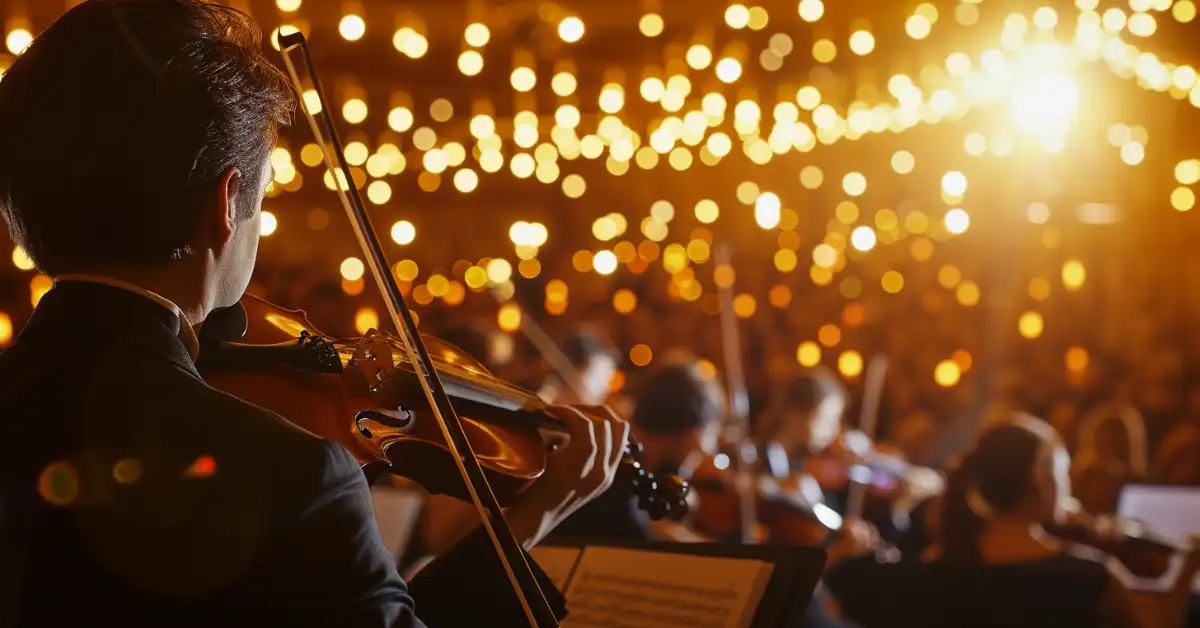Germany has long been recognized as a cultural powerhouse, boasting a rich history in both the arts and music. From the classical works of Beethoven and Wagner to cutting-edge contemporary art movements, Germany’s contributions to the world of culture are vast and varied. This article delves into the evolution of the German art and music scene, exploring its classical roots and its thriving modern-day expression.
The Classical Roots of German Music
The Legacy of Beethoven, Bach, and Brahms
Germany’s association with classical music is world-renowned. The country has produced some of the most influential composers in music history, with figures like Ludwig van Beethoven, Johann Sebastian Bach, and Johannes Brahms forever shaping the genre. These composers have left behind a legacy that continues to influence musicians worldwide.
- Beethoven is celebrated for his nine symphonies, particularly his Ninth Symphony, which includes the famous “Ode to Joy.” His compositions are a bridge between classical and romantic eras, reflecting deep emotional depth and innovative use of musical form.
- Bach is revered for his mastery of counterpoint and intricate compositions, including the Brandenburg Concertos and The Well-Tempered Clavier. His work in the Baroque period set the foundation for much of Western classical music.
- Brahms, known for his symphonies and piano works, combined rigorous structure with romantic expression, solidifying his place in music history.
Iconic Concert Halls and Festivals
Germany continues to be a hub for classical music, with some of the world’s most prestigious concert halls and music festivals. Venues such as the Berlin Philharmonie, home to the Berlin Philharmonic Orchestra, and Gewandhaus in Leipzig are pillars of the classical music tradition. Additionally, annual events like the Bayreuth Festival celebrate the works of Richard Wagner, attracting classical music enthusiasts from around the globe.
Germany’s Thriving Contemporary Art Scene
Bauhaus: A Pioneering Movement
Germany’s influence in the visual arts is equally profound. The Bauhaus movement, founded in 1919 by architect Walter Gropius, revolutionized modern art and design. Bauhaus rejected traditional distinctions between fine arts and crafts, emphasizing functionality and simplicity. Its influence can still be seen in modern architecture, industrial design, and graphic art today.
The Bauhaus school was instrumental in shaping the course of modern art, with notable figures like Paul Klee and Wassily Kandinsky contributing to its aesthetic philosophy. Bauhaus ideals are showcased in museums across Germany, such as the Bauhaus Archive in Berlin and the Bauhaus Museum in Weimar.
Berlin: A Contemporary Art Hub
Berlin has emerged as one of the world’s leading centers for contemporary art, attracting artists from all corners of the globe. The city is home to a vibrant and dynamic art scene, with numerous galleries, art fairs, and alternative spaces pushing the boundaries of creative expression.
The Berlin Art Week is a major event that draws artists, curators, and collectors to the city, while spaces like KW Institute for Contemporary Art and Hamburger Bahnhof showcase cutting-edge installations, conceptual pieces, and multimedia art.
In addition to traditional gallery settings, Berlin’s history of alternative culture has fostered a thriving underground art movement. Street art and urban interventions are part of the city’s identity, with iconic neighborhoods like Kreuzberg and Friedrichshain adorned with large-scale murals and graffiti, making the streets themselves an open-air gallery.
Exploring Germany’s Jazz and Electronic Music Scene
Jazz Clubs and Festivals
Germany’s musical landscape extends far beyond classical compositions. The country has a rich jazz tradition, with vibrant jazz clubs and festivals that celebrate improvisation and experimentation. The Berlin Jazz Festival, one of the oldest and most renowned jazz festivals in Europe, continues to attract international stars and upcoming talent alike.
Venues such as A-Trane in Berlin and Jazzkeller in Frankfurt serve as cultural landmarks for jazz lovers, offering intimate spaces for live performances. Germany’s jazz scene is highly respected, with musicians pushing the boundaries of the genre through collaboration with electronic, experimental, and world music influences.
Germany’s Role in the Rise of Electronic Music
Germany is also credited with playing a pivotal role in the development of electronic music. In the late 20th century, the Krautrock movement, featuring bands like Kraftwerk and Can, pioneered electronic soundscapes that influenced countless musicians across genres.
In the present day, Berlin’s thriving electronic music scene is globally recognized, with the city often referred to as the techno capital of the world. Clubs like Berghain, Tresor, and Watergate are internationally renowned for their innovative music programming, serving as pilgrimage sites for electronic music fans. Germany’s contribution to electronic music continues to evolve, with its influence seen in both underground and mainstream musical movements.
Germany’s art and music scene is as diverse as it is historically rich. From the timeless compositions of classical maestros like Beethoven and Bach to the avant-garde expressions of contemporary artists in Berlin, the country’s cultural landscape is a living testament to creative innovation. Whether you are a lover of classical music, a fan of electronic beats, or an enthusiast of contemporary visual art, Germany offers a vibrant and dynamic cultural experience that extends far beyond its well-known contributions.
